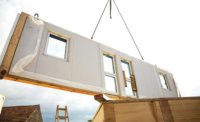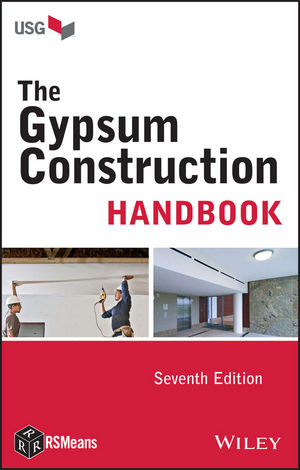It may seem hard to believe, but the Design-Build project delivery model could outpace the Design-Bid-Build model by 2021. In fact, more and more construction owners appear eager to embrace this new model over the traditional low-bidder model of doing business.
What’s driving this trend? The short answer is the potential for big gains in terms of speed and efficiency. As owners seek to tighten budgets and timelines, Design-Build appears poised to gain real traction and a foothold in the development and construction industry.
How Big is Design-Build?
For now, Design-Bid-Build is still the most commonly used project delivery method in the United States, according to the Lean Construction Institute of America and other groups. Using a process where design teams work with the owner to produce a set of construction plans for competitive bidding will likely continue to make sense for traditional projects like chain stores. With fewer design surprises and a predictable schedule, DBB will still be the mainstay for these projects.
However, the Fails Management Institute reports that the Design-Build project delivery system will represent nearly half—44 percent—of construction put-in-place spending across many market segments by 2021. They also predict spending in DB will increase 18 percent between 2018 and 2021, growing to a value range of between $274 billion to $324 billion.
In addition, the survey showed that 82 percent of owners say they’ve used or plan to use DBB in the next five years and 58 percent also said the same of DB. Another 67 percent predicted a growing use of DB, even if they didn’t plan to use the system.
Fewer Surprises and Change-Orders
What makes Design-Build so attractive? For starters, a turn-key project delivery model with a single point of responsibility for the whole construction process—from design to cost control to schedules. Responsibility for all subcontractor trades, materials, owner provided products, etc., rests with the general contractor or construction manager. For the owners, this means spending less time sorting out conflicts between the contractor and the design team.
No doubt, DB’s ability to deliver projects faster by overlapping phases of design and construction is one of the reasons many construction owners love it. With fewer surprises and change-orders, costs and schedules can be nailed down earlier in the construction process.
Owners Could Reap Big Rewards
Cost savings from streamlined schedules could add up in a big way for construction owners. For example, a Penn State University study comparing different methods to deliver construction across the U.S. showed that projects using Design-Build had lower costs (more than 6 percent in savings) and were completed 33 percent faster. Projects using DB were also much less likely to incur cost growth (5 percent less) and schedule growth (11 percent less), meaning fewer change orders. This could add up to a savings of $610,000 on a $10 million project.
State governments are also fueling the DB trend as they pass legislation that facilitates the use of alternative project delivery methods. For example, Virginia legislators expanded Design-Build authority to all local governments. In fact, 38 states that enable the use of public-private partnerships are playing a significant role in boosting DB.
Downsides to Design-Build
For estimators, Design-Build could mean an expanded role where they use a combination of both hard bid and conceptual estimating skills. Being asked to do more interpretation of scope in the post-award stage could mean performing more estimates, budgets, and what-if scenarios to keep the project within the original budget parameters.
Others say Design-Build offers less transparency and could result in higher prices than if a project were competitively bid. Would the owner lose all control over the project? If the design team answers to the contractor rather than the client would the normal checks and balances on quality be upset? However, some DB arrangements are open-book with the owner giving feedback and having issues addressed contractually.
Greater Collaboration and Transformation
As the construction industry tilts toward Design-Build, many owners will need to invest in powerful construction management software. The Contractor’s Suite from On Center Software is helping many owners boost their efficiency and increase profits every day. If you’d like to learn more, read our white paper, Digital Tech Holds the Promise of Boosting Construction Productivity, at on.center/digital-tech-suite.











